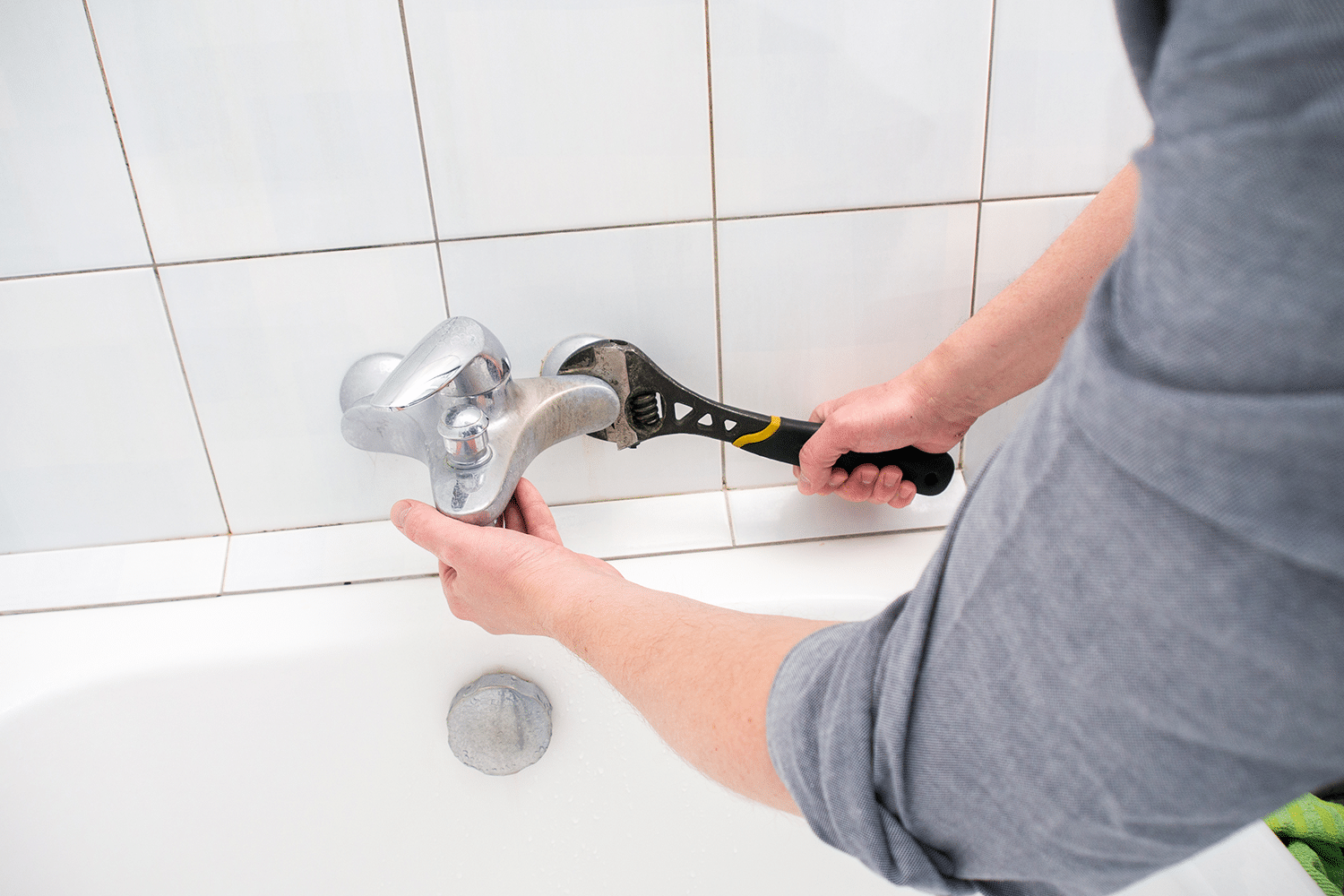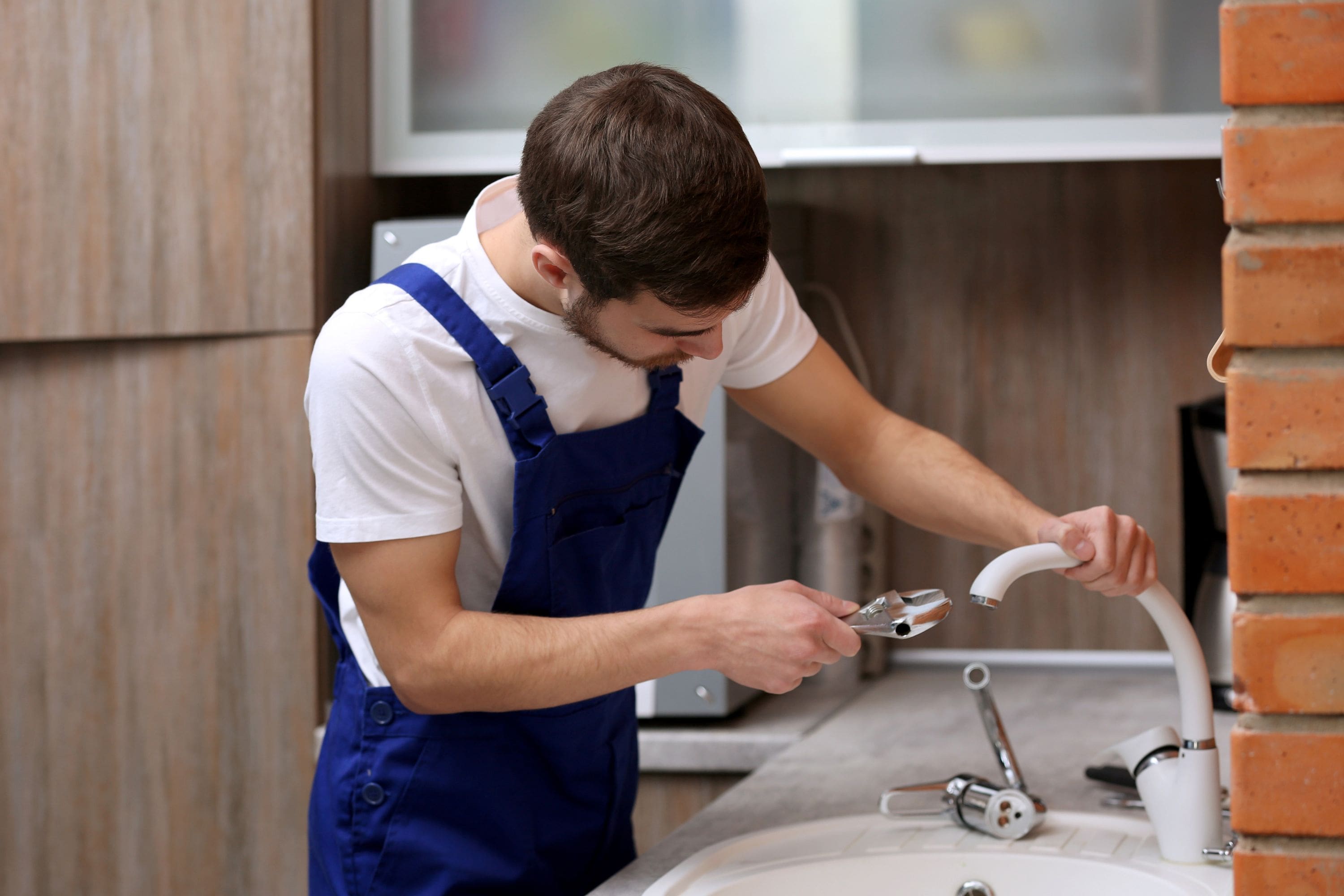We've come across this great article relating to 4 Common Reasons for a Leaky Faucet down the page on the net and think it made good sense to share it with you on this page.

Dripping faucets could look like a minor trouble, but their effect exceeds just the annoyance of the audio. From wasting water to sustaining unnecessary financial prices and health and wellness risks, ignoring a dripping tap can bring about different effects. In this short article, we'll explore why it's vital to resolve this common house concern quickly and effectively.
Wastefulness of Water
Ecological Impact
Dripping faucets add significantly to water wastefulness. According to the Epa (EPA), a solitary tap dripping at one drip per secondly can waste greater than 3,000 gallons of water each year. This not just strains water resources however likewise affects environments and wildlife based on them.
Step-by-Step Guide to Fixing a Dripping Tap
Tools Required
Prior to attempting to take care of a leaking faucet, collect the necessary tools, including an adjustable wrench, screwdrivers, substitute parts (such as washers or cartridges), and plumber's tape.
Common Faucet Issues and Their Solutions
Recognize the kind of tap and the details issue triggering the drip. Usual problems consist of worn-out washers, rusty valve seats, or faulty O-rings. Describe supplier directions or online tutorials for step-by-step assistance on repair services.
Financial Prices
Increased Water Bills
Past the environmental impact, leaking faucets can inflate water bills substantially. The collected wastage with time translates into greater energy expenses, which can have been stayed clear of with prompt fixings.
Possible Home Damage
Furthermore, prolonged trickling can cause harm to components and surfaces surrounding the tap. Water build-up can cause discoloration, rust, and even architectural problems if left neglected, resulting in additional fixing costs.
Health Issues
Mold And Mildew and Mildew Growth
The constant presence of dampness from a trickling faucet develops an excellent atmosphere for mold and mold growth. These fungi not only endanger indoor air quality yet likewise posture wellness dangers, especially for individuals with respiratory problems or allergies.
Waterborne Diseases
Stationary water in dripping taps can come to be a breeding ground for bacteria and various other microorganisms, enhancing the threat of waterborne conditions. Pollutants such as Legionella bacteria thrive in stationary water, potentially leading to significant diseases when consumed or breathed in.
DIY vs. Professional Repair
Benefits and drawbacks of Do It Yourself Repair Work
While some might attempt to repair a trickling faucet themselves, DIY repair work come with their own collection of difficulties. Without appropriate expertise and devices, DIY efforts can intensify the problem or result in incomplete repairs, prolonging the trouble.
Benefits of Employing a Specialist Plumber
Working with a professional plumber ensures that the underlying reason for the dripping tap is addressed successfully. Plumbers possess the experience and equipment to diagnose and fix faucet issues successfully, conserving time and minimizing the danger of further damages.
Ecological Responsibility
Specific Payment to Conservation
Taking obligation for fixing leaking faucets aligns with wider efforts towards water conservation and ecological sustainability. Every individual's activities jointly make a considerable influence on protecting priceless resources.
Sustainable Living Practices
By focusing on punctual repair work and embracing water-saving routines, people contribute to sustainable living methods that profit both existing and future generations.
Preventive Measures
Routine Upkeep Tips
To avoid trickling taps, perform regular upkeep such as cleansing aerators, evaluating for leaks, and replacing damaged components immediately. Additionally, think about mounting water-saving devices or upgrading to extra efficient components.
Relevance of Prompt Services
Attending to dripping faucets as soon as they're observed stops more water wastage and possible damage, eventually saving both water and money in the long run.
Impact on Building Value
Understanding of Well-Maintained Residential Property
Keeping a building in good condition, including addressing maintenance issues like trickling faucets, boosts its regarded value and desirability among potential customers or renters.
Influence on Resale Worth
Properties with properly maintained plumbing fixtures, including taps, command higher resale worths in the real estate market. Resolving trickling taps can contribute to a favorable impact during property assessments and negotiations.
Final thought
Dealing with a dripping tap goes beyond simple benefit; it's an essential step towards conserving water, reducing monetary prices, and safeguarding health and wellness and property. Whether via do it yourself fixings or professional assistance, doing something about it to fix trickling taps is a small yet impactful method to promote liable stewardship of sources and add to a healthier, much more lasting future.
How to Fix a Dripping or Leaky Faucet
A leaking faucet is one of the most common problems that homeowners encounter, but it being commonplace doesn’t make it any less annoying. The constant drip drip drip of a leaking bathtub faucet, showerhead, or sink tap can disturb your home’s serenity. Left neglected, a dripping faucet can also result in higher water bills and discoloration or mold growth in your sink or plumbing fixtures.
Fortunately, you don’t have to be a trained plumber to know how to stop a dripping faucet. With some basic tools, replacement parts, and a little patience, leaky faucet repair is a breeze. In this article, we’ll explain what causes dripping faucets and how you can fix them.
What Causes a Leaking Faucet?
Kitchen and bathroom faucets come in all manner of designs, but most involve some combination of valves, O-rings, seals, and washers. The O-ring is usually the weakest link, but any one of these pieces can wear down over time. Heat, moisture, temperature fluctuations, minerals, mold, and movement can contribute to warping and corrosion, breaking the watertight seal. This just comes with the territory of being a homeowner. Everything is always subject to wear and tear, and some component parts of your appliances and fixtures need to be replaced on occasion. At least replacement O-rings are cheap!
More rarely, dripping faucets can be a symptom of excessively high water pressure. Were this the case in your home, you would probably notice that the leak is not isolated to one faucet. Water pressure issues are harder to resolve on your own. We recommend contacting a professional plumber if you suspect your water pressure is too high.
How to Fix a Dripping Faucet
Pipe wrench or monkey wrench Allen wrench set Screwdrivers Old towel or rag Shut off the water.
Before you do anything, you need to turn off the water to keep from drenching your kitchen or bathroom. You should find a valve under the sink and against the wall. Once you’ve turned this valve, try turning the faucet on to confirm that the water source has been cut off.
If you can’t locate your local valve for the faucet you’re working on, you can always shut off the water to the house at the main valve. Of course, this will prohibit anyone from using the sinks, showers, or toilets while you’re working on the faucet that’s giving you trouble.
Plug or block the drain.
You’ll be disassembling the faucet and removing some small bits of hardware. Plug the drain with a stopper or rag to avoid the possibility of a small screw falling into your P-trap.
Take apart the faucet assembly.
There are several varieties of kitchen and bathroom faucets, each with its own manner of assembly. For detailed instructions on how to disassemble your faucet, you can refer to the fixture’s manual or contact the manufacturer. If you know whether you have a ball, disc, cartridge, or compression faucet, you can find detailed schematics online.
In general, you need to begin by removing the faucet handles. You might notice a small screw that you’ll need to remove with a screwdriver or Allen wrench. If you don’t see any visible securing hardware, it’s likely hidden under a decorative cap that can be unscrewed or popped off with flathead screwdriver.
Remove each piece methodically, consulting a schematic when necessary. Take notes or arrange the pieces in such a way to make it easier to correctly reassemble the faucet later.
Remove the cartridge.
Once you’ve removed the handles and securing hardware, you should be able to remove the valve cartridge or stem. Some cartridges will slide right out. Other faucet models will require you to loosen a nut with a pipe wrench before you can remove the valve stem.
Examine the exposed hardware.
With the cartridge or stem removed, inspect the component parts. Check the rubber O-rings for wear and tear. Also examine the seat washer for corrosion or other damage. These pieces are usually the responsible parties for a dripping faucet, but it’s worth inspecting the other component parts while you have the faucet disassembled.
Find replacement parts.
Once you’ve identified which faucet component has failed, find an identical replacement. Your local hardware store should have O-rings, seat washers, and other standard components in stock. If you have a luxury or uncommon faucet, you may have to contact the manufacturer for a replacement part.
It’s a good idea to take your old parts with you to the hardware store so you can compare them with the store’s inventory and be sure you’re purchasing the correct replacement.
Reassemble the faucet.
With your new parts in hand, reconstruct the faucet and handles. Don’t be tempted to overtighten screws or nuts. You might think this could create a better seal, but it can instead damage or bend a delicate part of the assembly and create a new problem for you.
Turn on the water and test the faucet.
The only thing left to do is test your work. Unplug the sink, turn the water back on, and try the faucet. Congratulate yourself on a job well done!
https://www.libertyhomeguard.com/how-to-fix-a-dripping-or-leaky-faucet/

We were introduced to that report on Why It's Important to Fix Leaky Faucets from an associate on a different domain. Please set aside a second to distribute this content if you enjoyed it. Thank you so much for your time spent reading it.